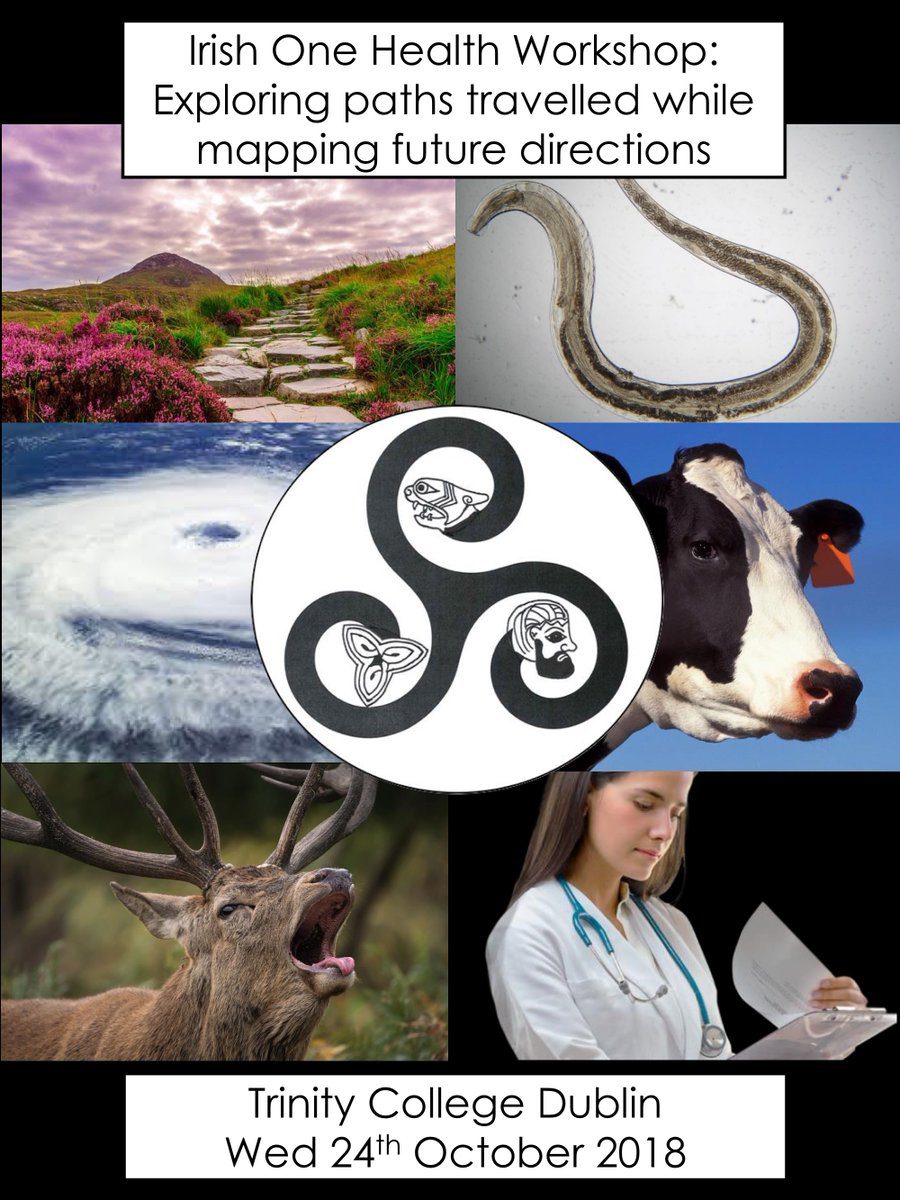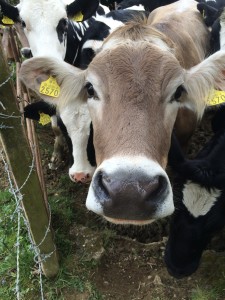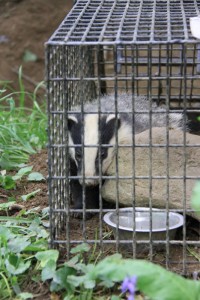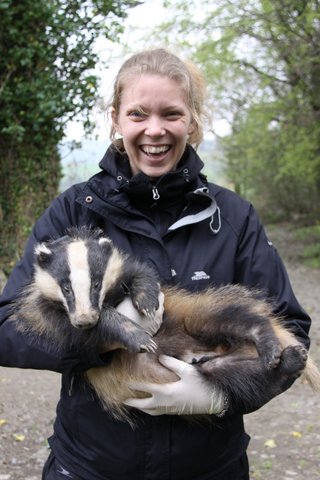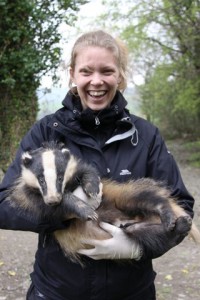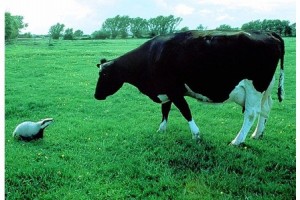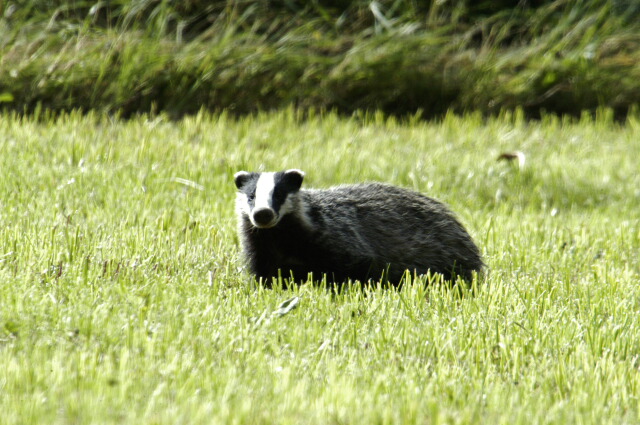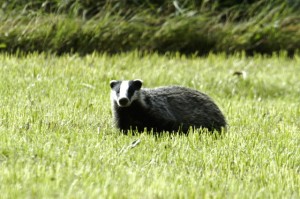
The food chain is a concept that many non-biologists are familiar with. Ecologically-speaking, this should be referred to as a food web, because there is rarely one prey species for a given predator or one predator of any given species.
The biochemistry of metabolism and digestion means we can reconstruct the diet of a member of a given food web with some basic information about the stable isotopes in its tissues and the stable isotope values of the available prey. Simply put, “you are what you eat”. Carbon isotopes generally reflect the “where” of the diet and nitrogen isotopes generally indicate the “what”.
This overview omits several complications. Firstly, the calculation of diet requires a “conversion factor” (trophic enrichment factor or TEF) for any given tissue of an animal. Animal metabolisms tend to retain 15N, so consumers have greater 15N:14N ratios than their prey. Secondly, each tissue is likely to have a different TEF, as it is made to perform a different job in the animal. Thirdly, TEFs can only be derived by feeding animals highly controlled diets, ideally a single food for the length of time it takes for the study tissue to be fully replaced. In the case of teeth and bone, this can be months or even years.
As there are relatively few TEFs available for animal species, many ecologists “borrow” TEFs from other species for their calculations. Having derived TEFs for carbon and nitrogen in badger blood serum, a tissue that is completely replaced several times a month, we demonstrated that badger TEFs differ from fox TEFs. This is important, as foxes are similar in size to badgers and have a similar feeding ecology, and ecologists might be tempted to “borrow” fox TEFs to use in badger studies.
So knowing more about the biochemistry of badgers (in the form of TEFs) will allow us to learn more about their diets. This may be of importance to farmers planning biosecurity measures for their farms, as they will be able to learn if badgers are raiding their crops (in the field or in the barn). It will also help identify when badgers are specialising on different foods and potentially allow farmers to minimise contact between badgers and livestock.
Authors
David Kelly: djkelly[at]tcd.ie
Nicola Marples
Photo credit
wikimedia commons
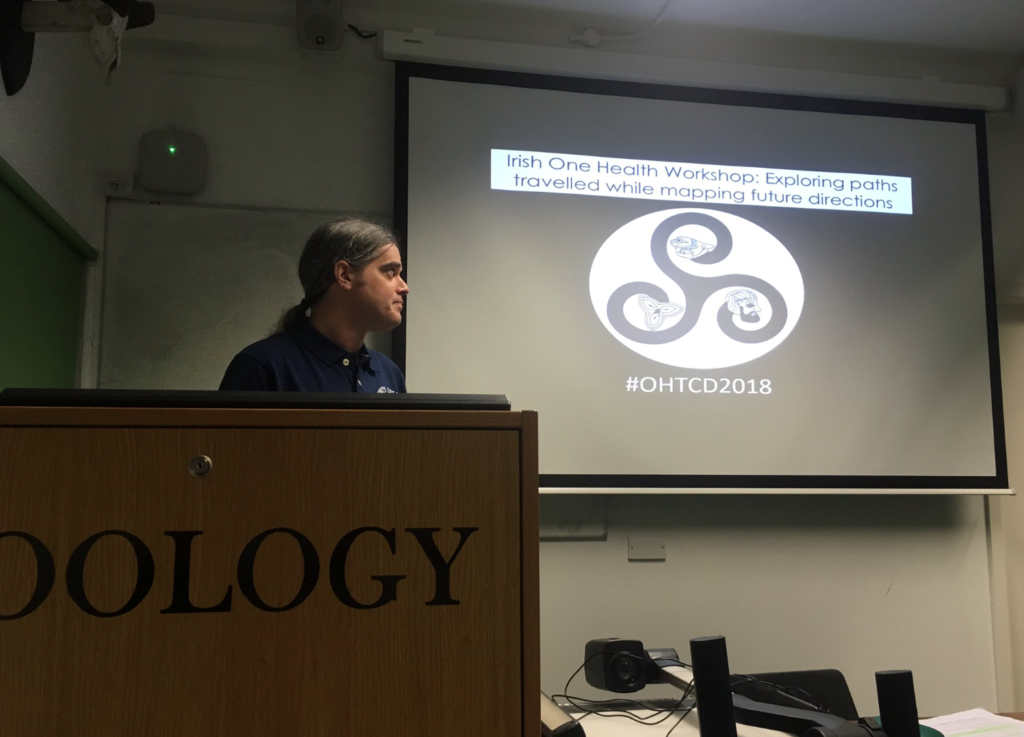 Photo credit: @Horse_Techie Continue reading “Exploring the One Health Initiative in the Irish context”
Photo credit: @Horse_Techie Continue reading “Exploring the One Health Initiative in the Irish context”
